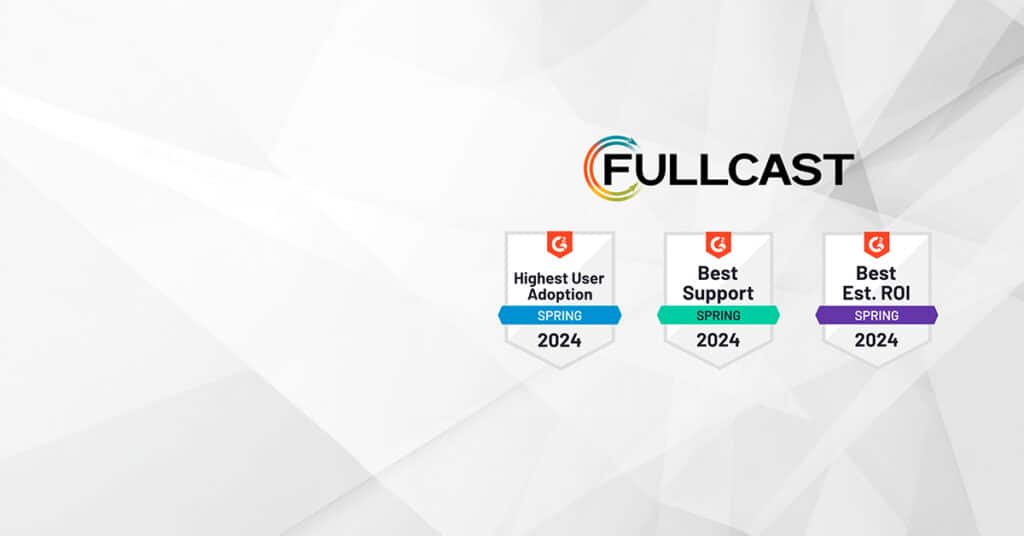With recent shifts from a “growth at all costs” mentality to sustainable growth, the spotlight has shifted to Customer Success. Customer Success teams are on the front lines when it comes to customer retention and upsells. That’s why smart companies are adding dedicated Customer Success (CSOps) roles. CSOps improves CS processes and aligns them with Sales which can make the difference between high customer churn and growth.
The Role of CSOps
Many organizations have robust GTM planning and operations processes centered around Sales and closing new business opportunities. Sales Operations teams (SalesOps) play a critical role in supporting and enabling frontline sales teams to sell more efficiently and effectively. SalesOps develops the strategy and manages the tactics, such as territory and quota planning, that enable sales to focus on selling.
Although the Sales team knows that retention matters, it is often difficult to prioritize among its other competing tasks. As a result, many companies have added similar CSOps roles that are dedicated to empowering Customer Success. The purpose is to drive efficiency, consistency, and productivity in Customer Success so that CSMs can focus wholly on providing a great customer experience.
In many cases CSOps is organized under a RevOps umbrella. Regardless of where it reports, CSOps is uniquely positioned to work across functional silos and ensure efficiencies across the entire revenue engine, from lead to renewal.
How CSOps Enables Customer Retention and Growth
Here are a few of the ways CSOps can improve customer retention and growth.
Optimize Territories for Growth
In Sales, territory optimization is essential for driving seller productivity. It is not productive for one rep to be overwhelmed with good opportunities while another sits idly by twiddling her thumbs. The same is true for Customer Success, although the criteria for optimizing CS territories likely differs. For example, Sales territories may be based on ARR potential while CS territories may be better optimized based on load, company size, or product. The ability to balance books of business based on the criteria that matters most to your organization sets the CS team up to support the execution of your expansion strategy, while also creating predictability and reliability for your team.
Typically CS territory planning is a once a year effort when the books of business are optimized for growth based on the GTM strategy. This exercise is often managed in spreadsheets. This approach can work fine until a company scales at which point the limitations – errors, lack of collaboration, version control issues – become obvious. Instead, Territory Management or GTM Planning software can help drive greater efficiencies. For example, Territory Management software offers a bi-directional sync with your CRM so that the plan can be developed using any metrics available in the system. Use of real-time data means that your plan always reflects the current reality. Furthermore, what-if modeling enables CSOps to quickly test and understand the impact of different scenarios on the business and deploy those instantly when ready.
Drive Efficiency and Consistency Through GTM Automation
Operationalizing a GTM plan is no easy task. It requires keeping numerous Salesforce workflows, point tools, and sometimes even spreadsheets operating in sync. When no set policies are in place, and most decisions are made by exception, the GTM plan quickly goes out the window and chaos ensues.
CSOps can overcome these challenges by automating common GTM tasks. Rule-based automation ensures that Operations is always making fair and consistent decisions. For example, using a rule-based approach, an organization may automate assignment of accounts to Customer Success Managers in a way that supports the GTM plan. They may decide to route accounts based on upsell potential, service level expected, or industry specialty. This eliminates any handshake deals and increases transparency, ultimately reducing staff attrition.
Creating automated rules or policies allows the organization to deploy and enforce a strategic approach to managing existing customers. Although difficult to manage in spreadsheet or Salesforce workflows, this can be easily executed with a Territory Management platform. Once the rules are set, everything happens automatically without any intervention on the part of the Ops team.
Keep Strategy Aligned with Execution
It’s a given that CS teams face continuous change. New accounts may be added rapid fire, or internal factors like staff attrition require constant reassignment of accounts. Company strategy changes, such as new product introductions or acquisitions, mean that CSOps is always running to keep operations aligned with plan changes. When CS is operating two steps behind the plan, the company is likely leaving opportunities on the table.
Yet, it’s difficult to keep strategy aligned with operations when CSOps relies on spreadsheets and/or multiple point tools. This approach is time consuming, error prone, and not scalable. In the worst cases, it requires custom code and IT support. When a CSM quits, imagine the time required to manually reassign hundreds of accounts, keep account routing up to date, and/or manage holdouts. Territory Management software, on the other hand, automates these changes so that operations automatically stays in sync, eliminating downtime and ensuring that CSMs are always focused and productive.
Ensure a Seamless Customer Experience
Customer retention, as well as closing upsell and expansion opportunities, requires continuous alignment between CS, Sales, and Marketing. Customers demand a streamlined, seamless experience across the entire customer journey and are more likely to churn if that experience does not meet their expectations. Unfortunately most Sales and CSOps teams are ensconced in their own tools, systems, and processes, making it difficult to collaborate.
To build strong cross-functional relationships and infrastructure, revenue teams need systems that bridge organizational silos and enable the sharing of data and insights. Typically, the Customer Relationship Management (CRM) system is the primary platform shared by sales, customer success, and marketing. However, CRMs have a limited ability to provide meaningful RevOps insights. As a result, many organizations are turning to Territory Management or GTM Planning platforms that allow Sales and CSOps to work together in an integrated manner.
Conclusion
Ultimately, creating a positive customer experience leads to long-term customer relationships and sustainable growth for businesses. By driving efficiency and consistency across CS and the end-to-end revenue engine, the CSOps role and supporting Territory Management software can make this goal a reality.











